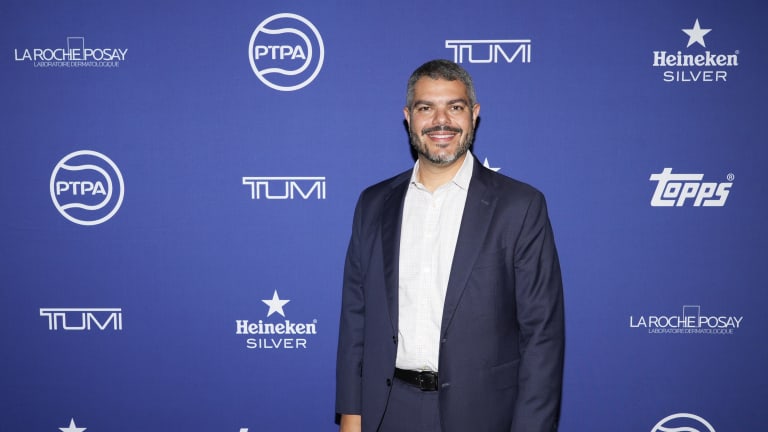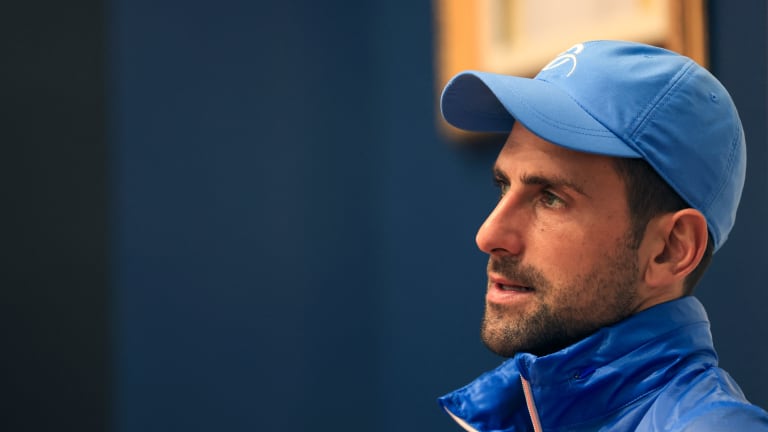Tennis.com Interview
What Novak Djokovic and the PTPA believe they can do to help tennis players (Part 3 of 3)
By Dec 20, 2023Tennis.com Interview
A year after semifinal finish, can Donna Vekic make more magic at Wimbledon?
By Jun 26, 2025Tennis.com Interview
From Togo to Tennis: Coaches Agnamba and Akli raise champions in College Park
By Jun 24, 2025Tennis.com Interview
Back from wrist surgery, Giulio Zeppieri is eyeing greater heights on the ATP Challenger Tour
By Jun 24, 2025Tennis.com Interview
Jessica Pegula: a hotel stay can “make or break” a major tournament
By Jun 24, 2025Tennis.com Interview
'Look good, play good' has new significance for Paula Badosa in Berlin
By Jun 19, 2025Tennis.com Interview
Ons Jabeur "learned a lot" from Tatjana Maria in London as she seeks Berlin's winning path
By Jun 18, 2025Tennis.com Interview
Go beyond Sinner, Paolini and Musetti for Francesco Passaro, another emblem of Italian tennis
By Jun 17, 2025Tennis.com Interview
Why are Joao Fonseca fans so loud? We asked the man himself
By Jun 16, 2025Tennis.com Interview
Why Jenson Brooksby’s autism “is a superpower”
By Jun 13, 2025What Novak Djokovic and the PTPA believe they can do to help tennis players (Part 3 of 3)
Djokovic "means it when he says he just wants to make things better for tennis and the players," says Ahmad Nassar, executive director of the Professional Tennis Players Association.
Published Dec 20, 2023
Advertising

"You can see on social media that we do a lot of comparing and explaining what other player associations do," says Nassar, "to make the point that tennis players should have something similar."
© Getty Images for PTPA
Advertising
Advertising

Novak Djokovic has been the leading face of the PTPA from its inception.
© AFP via Getty Images